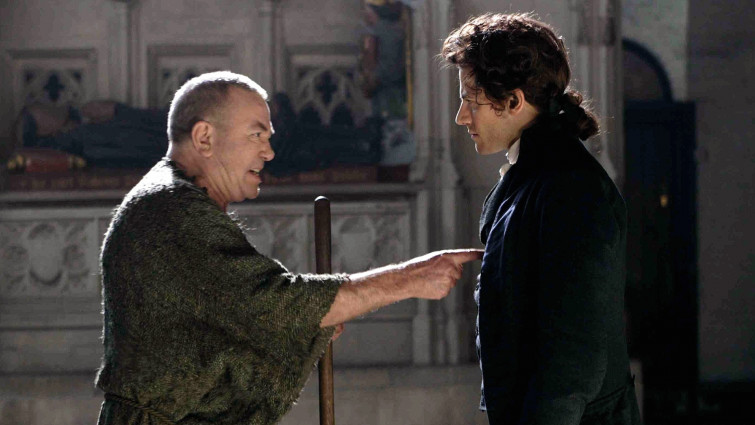

Member review

Amazing Grace
Stirring biopic which tells the story of 18th century politician William Wilberforce, a crucial figure in the abolition of slavery.
Certificate
Duration115 mins
Review by
- Beth, 13
- 38 reviews
Bristol Bay Productions’ Amazing Grace.
Bristol Bay Productions’ Amazing Grace is a heartfelt way of revealing the historical journey to the abolition of the Slave trade and the Abolitionists who helped make change happen. As well as this, it portrays the importance of doing the right thing, even if it is challenging and having the determination, perseverance and resilience to see things through. Furthermore, it evokes emotion in the reader: sympathy, loss, pride, meaning and the power of words. This makes the reader understand the realities of the Slave Trade. On the other hand, it reveals the horrors of the Slave Trade. It is even referred to (in the film) as a “disgrace to this nation”.
Amazing Grace is set in England, commonly in Parliament (the House Of Commons). Also, it is set in ports and on Slaves ships. All scenes are dressed of that time, with candles and fire places. Viewers also learn that this process took many years, by the references to events that occurred, by the characters.
The sounds in Amazing Grace are realistic; speech and music are used for effect. Music is used to add drama, power behind the scene and meaning. Argumentative discussions between characters are used for a range of reasons: passion, determination and disagreement. Furthermore, one of the characters sings Amazing Grace during the film.
Bristol Bay Productions’ Amazing Grace has period costumes and settings, which are dark in colour to portray the seriousness of the film. This is enhanced in the candle light. Colour is quite important, because it highlights the era of the narrative, but it could be in a monochrome colour scheme. However, colour adds depth and meaning to the film.
The narrative contains many famous Abolitionists (of the Slave Trade) that were around at the time and were key supporters of the cause. This includes: Prime Minister William Pitt The Younger (who supported the Abolition of the Slave Trade), William Wilberforce (a Member Of Parliament and the leader of the movement to abolish the Slave Trade), Olaudah Equiano (a Slave who brought his freedom, published his autobiography on his experiences as a Slave and supported the Abolition of the Slave Trade) and Thomas Clarkson (an Abolitionist who educated the public using artefacts and pictures).
In Amazing Grace, there ae lots of different filming techniques. For example: a Long Tracking Shot, which is when a character is moving and the camera follows them. As well as this, the camera moves around the room, highlighting areas of it, and using different angles. Moreover, the camera focuses on different people and it flicks between characters when they are speaking.